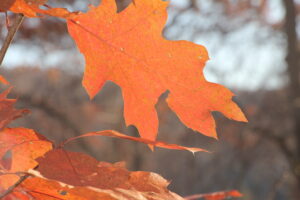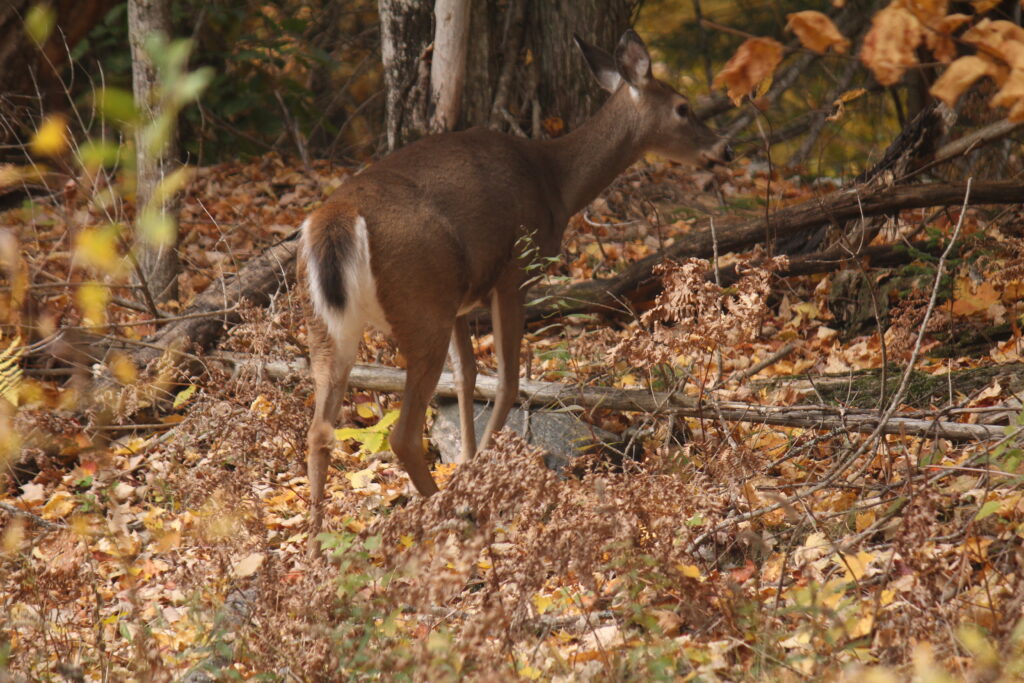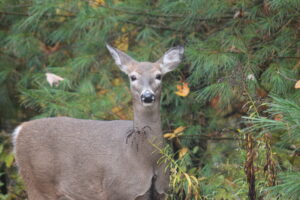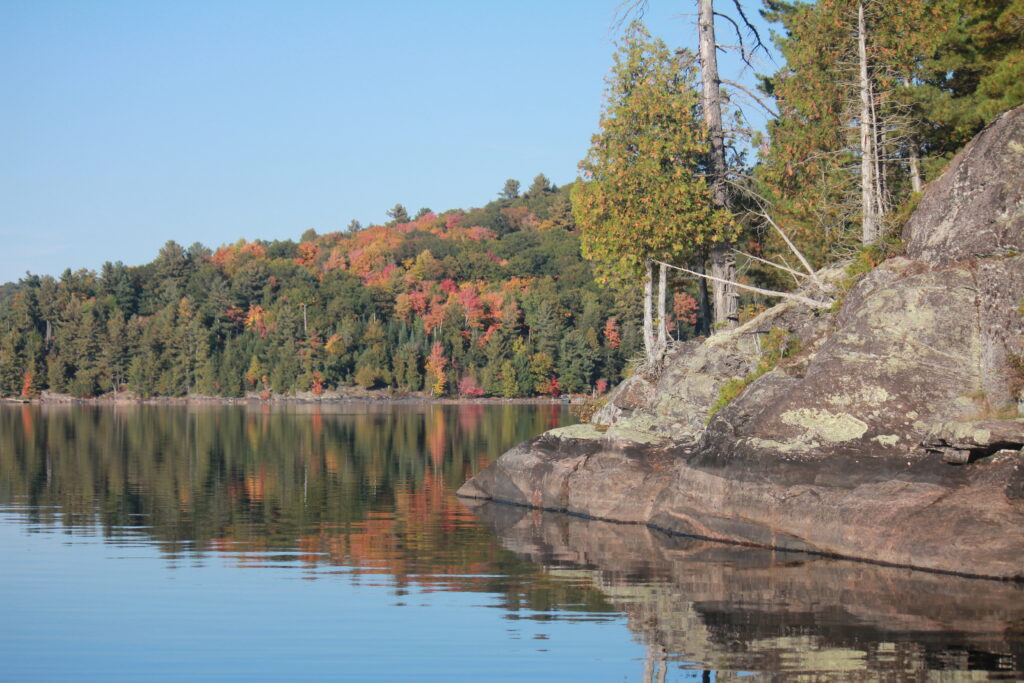TO HELP SAVE NATURE, PAUSE TO CONTEMPLATE IT
Watching the palette of the changing leaves that have graced the rolling forests girding the lake where I spend the summer flutter down, I found myself thinking that if the participants of the upcoming COP27 climate change gathering did the same thing, metaphorically at least, it would be time well spent.
Shutting out the alarm bell-ringing, self righteous hand-wringing and empty promises to look a little more closely at how Nature works, could help them see and adopt positive actions that are like the autumn splendour of the leaves; already there, waiting to be exposed.

The leaf colours are masked by chlorophyl, which absorbs energy from sunlight and transforms carbon dioxide and water into food for the tree. The shorter days and colder nights of autumn slow the process until the lack of chlorophyl allows the colours to show through.
Slowing climate change requires looking beyond the obvious to encourage and promote innovative, as much as profit-driven, thinking.
Trees discard what they no longer need, but not in the heedless and wasteful way we humans rid ourselves of what we no longer have use for, or want. Over the course of the winter the dead leaves are turned into mulch that will feed the trees from which they fell, and the cycle will continue.
No waste. No noise. No greed. (A lesson on how to deal, for example, with the rare earth metals thrown in a landfill or left useless in a drawer every time a cellphone is replaced).
In 2009, developed countries committed to give $100 billion a year, by 2020, to help developing countries reduce carbon emissions and prepare for climate change; the equivalent of the rich being the falling leaves. Except the target date is now 2023, with little reason to think that will be hit, either.
TO LEARN IS TO LIVE
In another lesson, the creatures who live amid the foliage survive by changing themselves.

The soft, tawny brown coat that distinguishes the deer in summer evolves with the falling leaves, becoming less visible in a forest of mainly bare branches, where colour stands out.

By the time all the leaves are gone, the deer will be a coarse grey, just in time for the start of the hunting season.
The better the deer adapt to their surroundings, the better their chances of survival.
It’s a lesson so simple it ought to be obvious even to the herds of bureaucrats in the forest of COP 27 to take on board, instead of trying to disguise their lack of true commitment with hollow pledges and excuses.

Landscapes and creatures change in many subtle ways over the seasons, and in doing so, they endure. In a world that seems to be changing for the worse on a monthly never mind seasonal basis, that is a comforting thought.
Like all of us, I hope the upcoming COP summit will produce more change than the last one did.
But I fear we can no more count on that than we can count the falling leaves.
Comments are welcomed. Click CONTACT on the site header.
To receive e‑mail alerts to new posts, Click SIGN-UP on the header.